What Are Bunch Peanuts: Learn About Bunch Peanut Plants
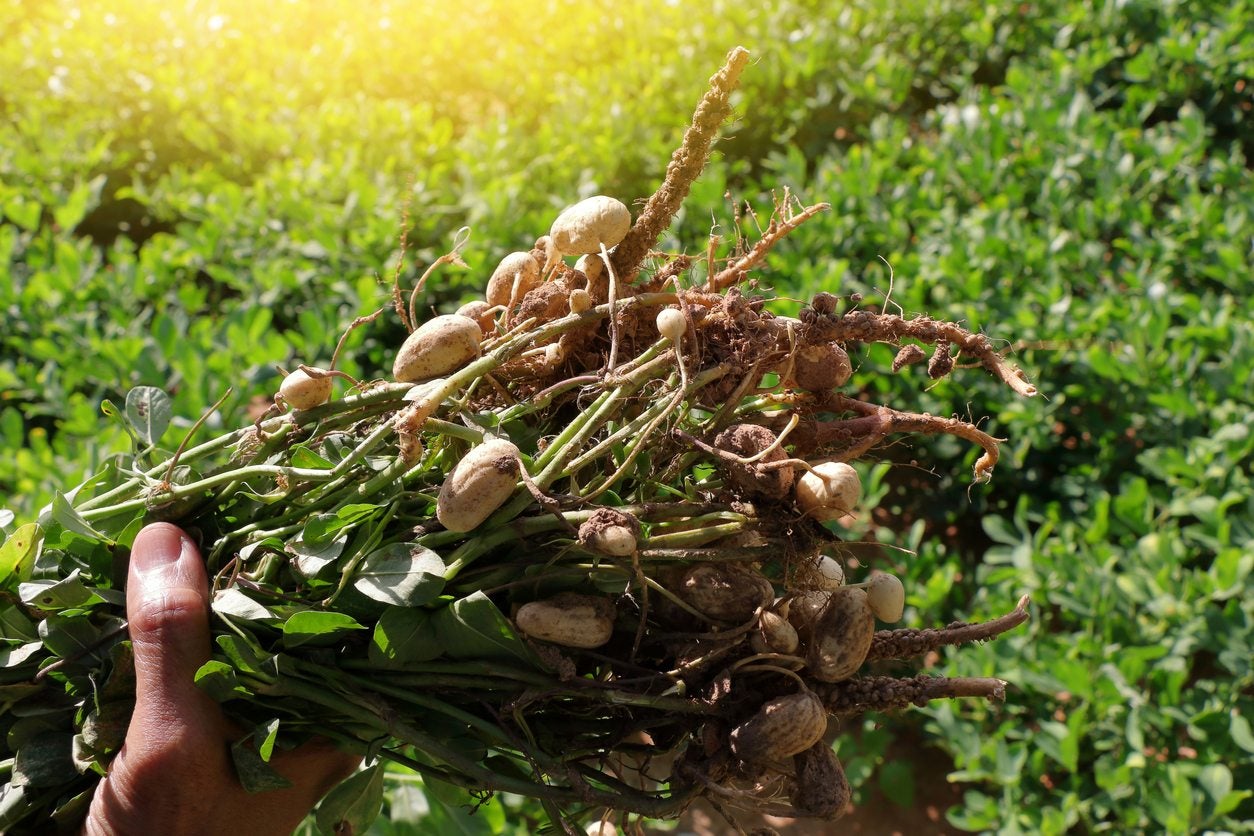

Peanuts are a huge agricultural crop in the southeastern United States. All that peanut butter has to come from somewhere. Beyond that, however, they’re also a fun and fascinating plant to grow in the garden, as long as your growing season is long enough. There are a few major distinctions among peanut varieties. Keep reading to learn more about bunch type peanuts.
What are Bunch Peanuts?
Peanuts can be split into two main growth pattern types: bunch and runner. Runner peanuts have long branches with nuts growing or ‘running’ all along their length. Bunch peanut plants, on the other hand, produce all their nuts at the end of these branches, in a bunch. It’s an easy distinction to remember. Bunch type peanuts do not yield as highly as runners, and because of this they are not grown as frequently, especially agriculturally. They’re still worth growing, however, especially in the garden where you’re not looking for maximum yield for peanut butter production.
How to Grow Bunch Peanut Plants
Bunch peanuts are grown the same way as other peanut varieties. They need warm weather and sun, and they prefer sandy, loose soil. The soil needs to be at least 65 F. (18 C.) for germination to take place, and the plants take at least 120 days to reach maturity. After the flowers are pollinated, the plants’ branches will lengthen and droop, sinking into the soil and forming the peanuts underground in bunches. Once the branches have submerged, it takes 9 to 10 weeks for the fruits to be ready for harvest. Peanuts, like other legumes, are nitrogen fixing and need very little in the way of fertilizer. Extra calcium is a good idea for maximum fruit production, however. Now that you know a little more about bunch peanut varieties, why not give them a try in your garden this year?
Gardening tips, videos, info and more delivered right to your inbox!
Sign up for the Gardening Know How newsletter today and receive a free copy of our e-book "How to Grow Delicious Tomatoes".

The only child of a horticulturist and an English teacher, Liz Baessler was destined to become a gardening editor. She has been with Gardening Know how since 2015, and a Senior Editor since 2020. She holds a BA in English from Brandeis University and an MA in English from the University of Geneva, Switzerland. After years of gardening in containers and community garden plots, she finally has a backyard of her own, which she is systematically filling with vegetables and flowers.
-
 Looking For Plants To Give You The Soft And Fuzzies? Try These 5 Fuzzy Leaf Plant Options
Looking For Plants To Give You The Soft And Fuzzies? Try These 5 Fuzzy Leaf Plant OptionsLovers of texture, drama, silver foliage and tactile plants will adore these special sensory garden additions. These fuzzy leaf plant options will leave you all aglow
By Susan Albert
-
 Get Ready For A Summer Of Hummers! Grow These Full Sun Hummingbird Plants and Flowers
Get Ready For A Summer Of Hummers! Grow These Full Sun Hummingbird Plants and FlowersIf you’re lucky enough to enjoy a sunny backyard, make sure you are maxing out on your pollinator opportunities and grow these full sun hummingbird plants and flowers
By Tonya Barnett
-
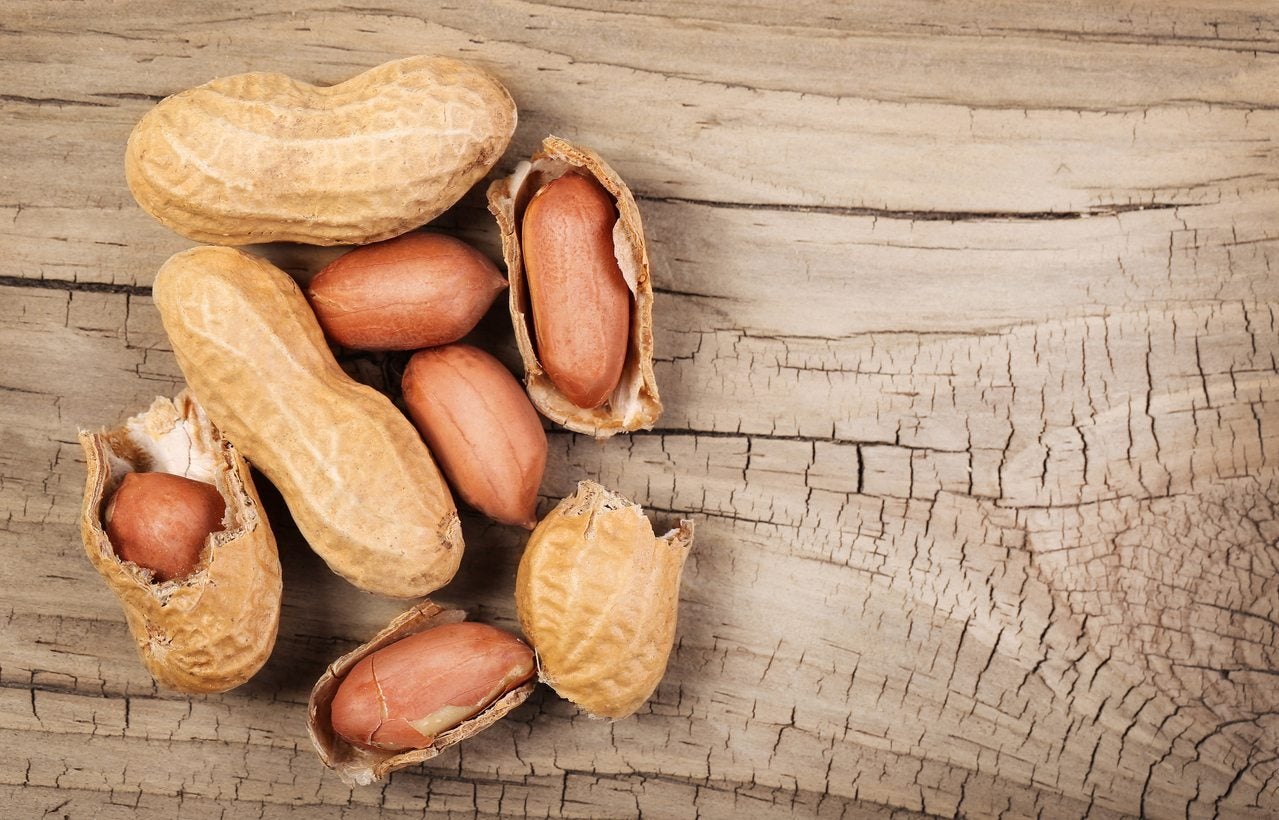 Valencia Peanut Info: Learn How To Grow Valencia Peanuts
Valencia Peanut Info: Learn How To Grow Valencia PeanutsIf you are only familiar with peanuts in the form of peanut butter or ballpark snack, you may be wondering what are Valencia peanuts? Click this article to find out how to grow Valencia peanuts and other info on Valencia peanut varieties.
By Amy Grant
-
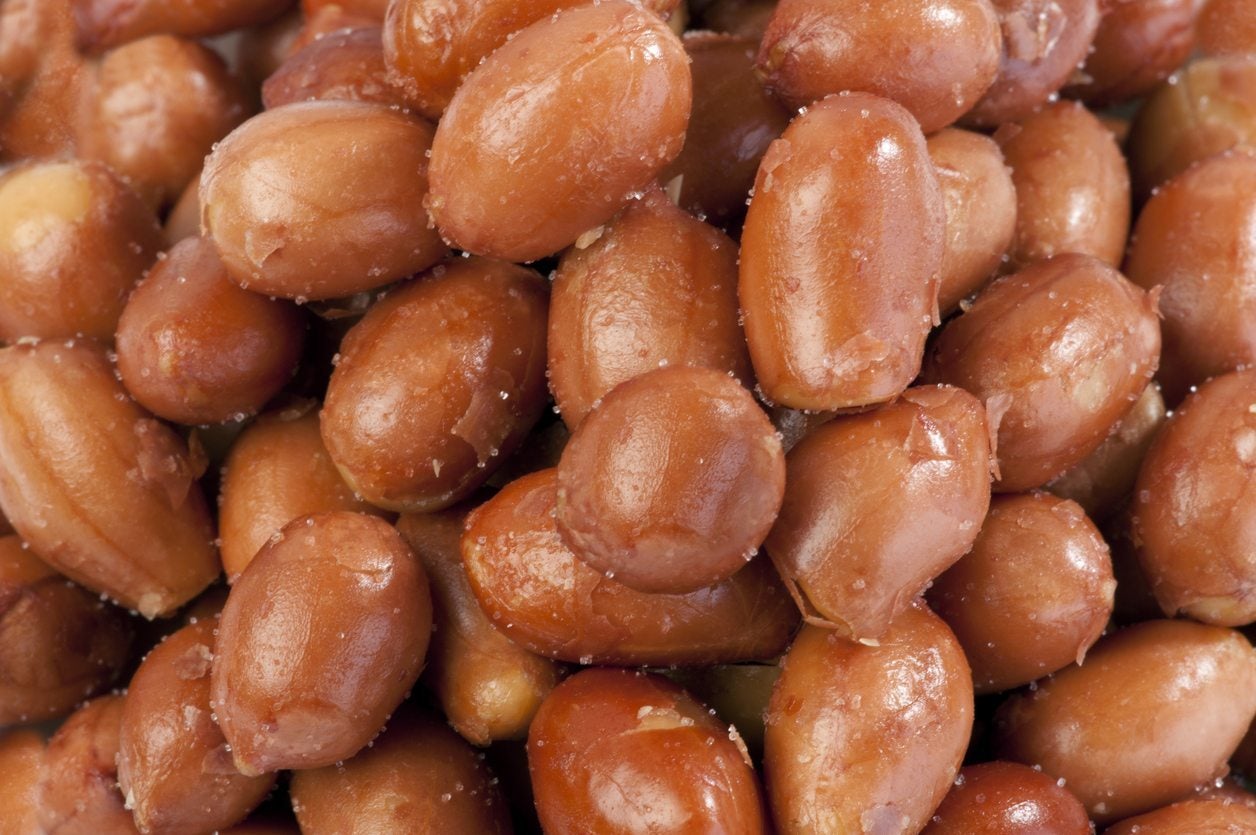 Spanish Peanut Information: Tips On Growing Spanish Peanuts In Gardens
Spanish Peanut Information: Tips On Growing Spanish Peanuts In GardensIf you've ever enjoyed peanut candies or peanut butter, then I'm sure you are familiar with their tasty potential and can't wait to get started growing Spanish peanuts in your garden. Let's get talking about Spanish peanut information and find out how to grow Spanish peanuts here.
By Shelley Pierce
-
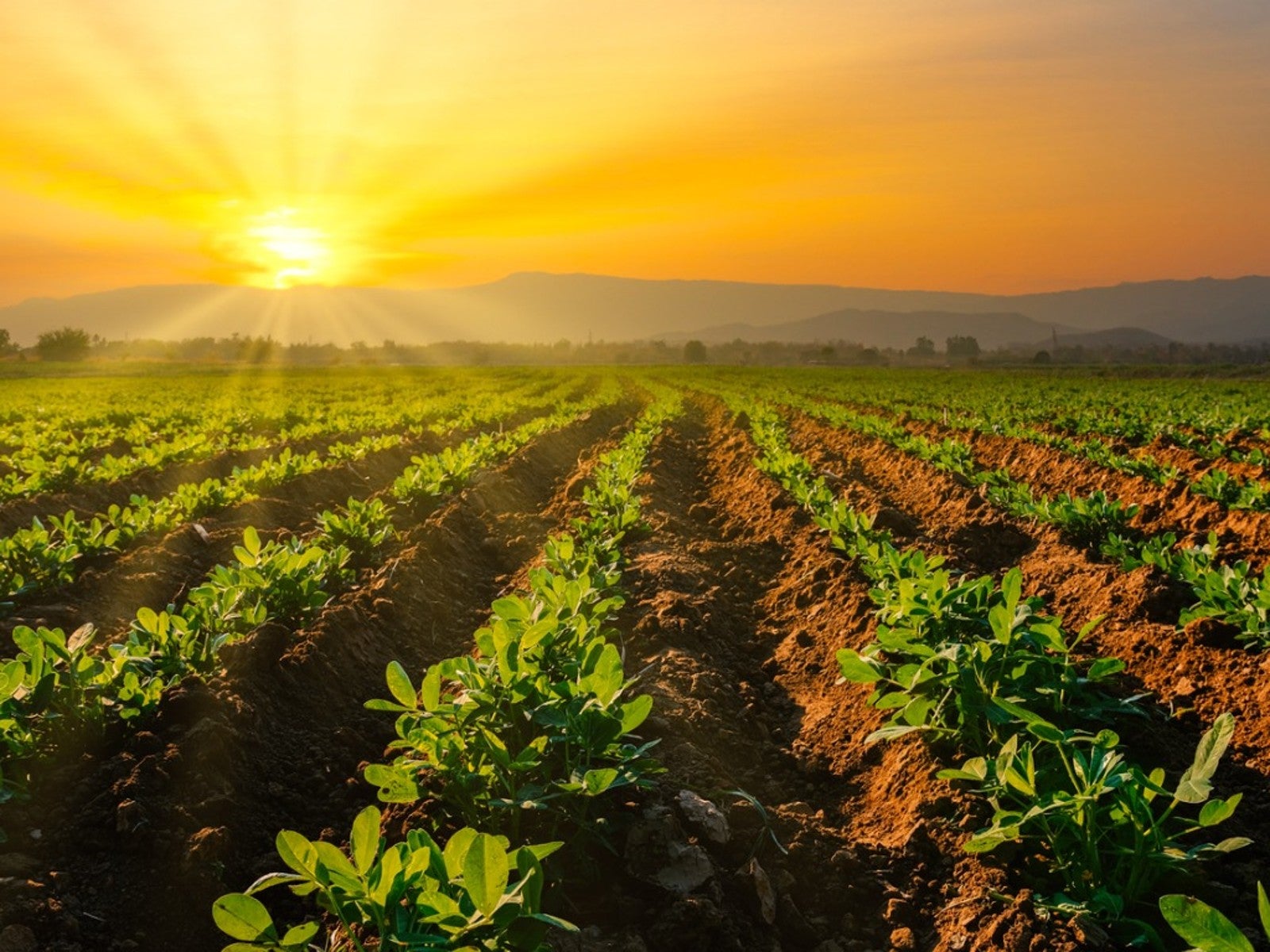 Watering Peanut Plants: How And When To Water A Peanut Plant
Watering Peanut Plants: How And When To Water A Peanut PlantHalf the fun of raising peanut plants is watching them grow and change rapidly. But in order to achieve this feat, certain peanut water requirements must be met. So how much water does a peanut plant need? Find out in this article.
By Gardening Know How
-
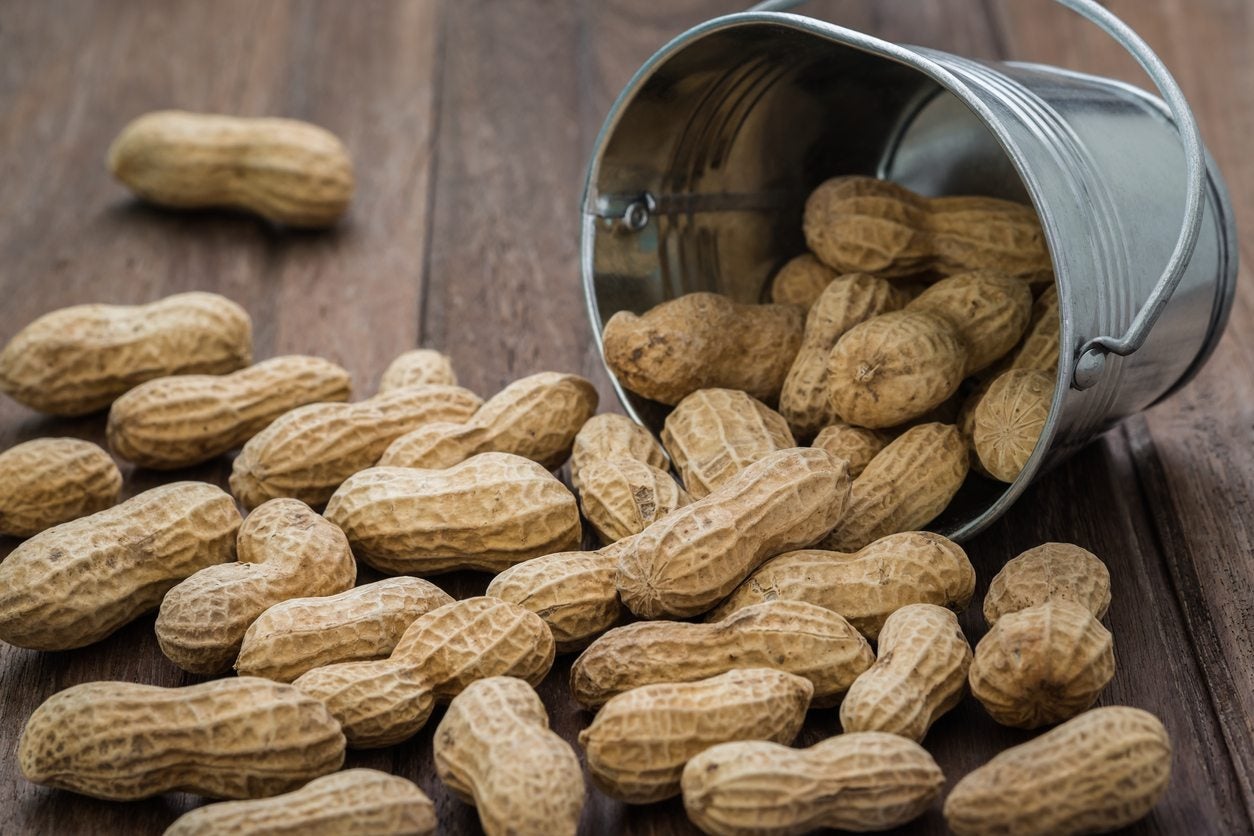 What Is A Virginia Peanut: Information On Planting Virginia Peanuts
What Is A Virginia Peanut: Information On Planting Virginia PeanutsAmong their many common names, Virginia peanuts are called goobers, ground nuts and ground peas. Although they're not grown exclusively in Virginia, their common name gives a nod to the warm southeastern climates where they thrive. Learn about them here.
By Victoria Blackstone
-
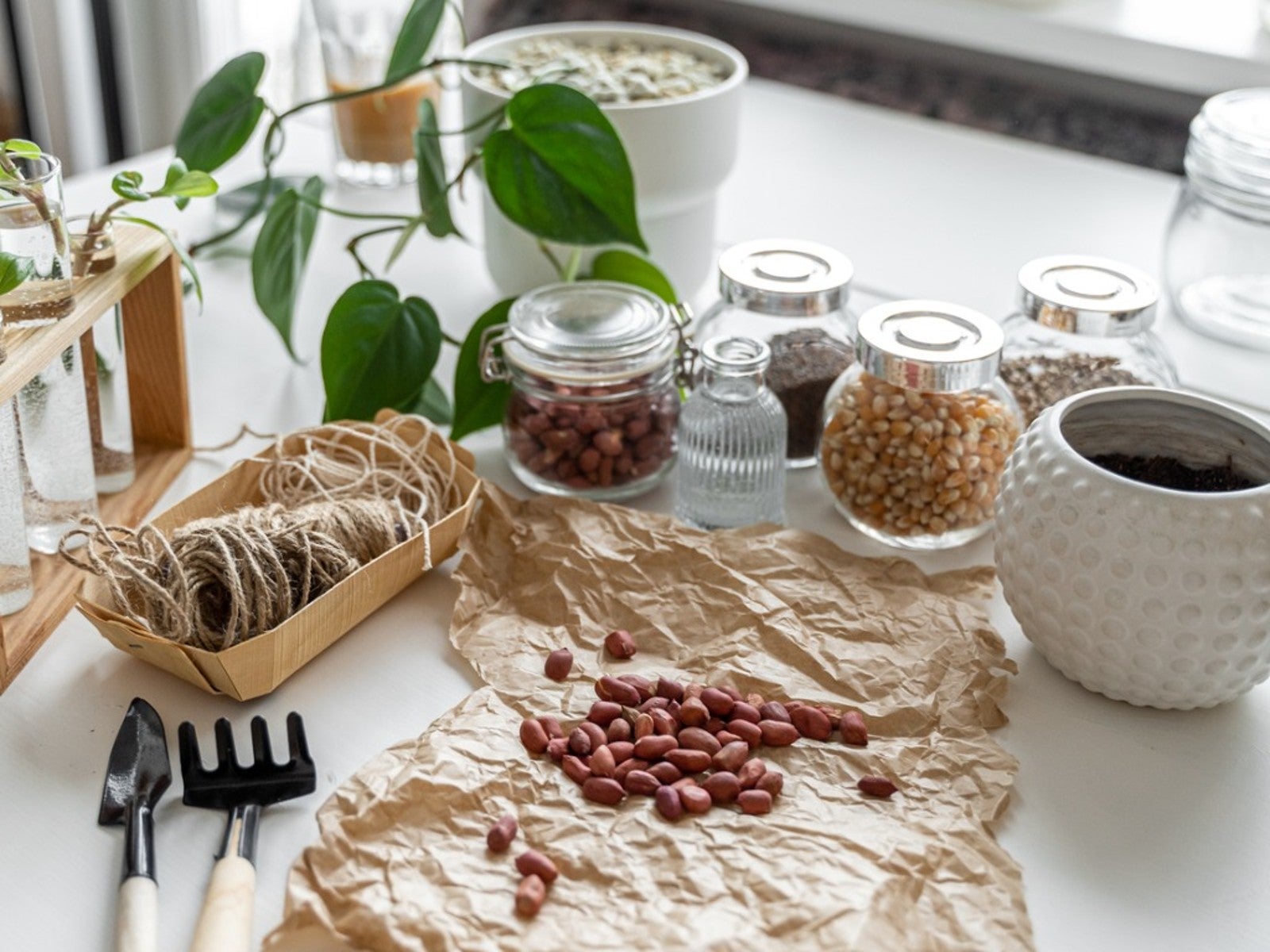 Indoor Peanut Growing – Learn How To Grow Peanuts Indoors
Indoor Peanut Growing – Learn How To Grow Peanuts IndoorsCan I grow a peanut plant indoors? This may sound like an odd question to people who live in sunny, warm climates, but for gardeners in chilly climates, the question makes perfect sense! If you want to learn how to grow peanuts indoors, click this article.
By Mary H. Dyer
-
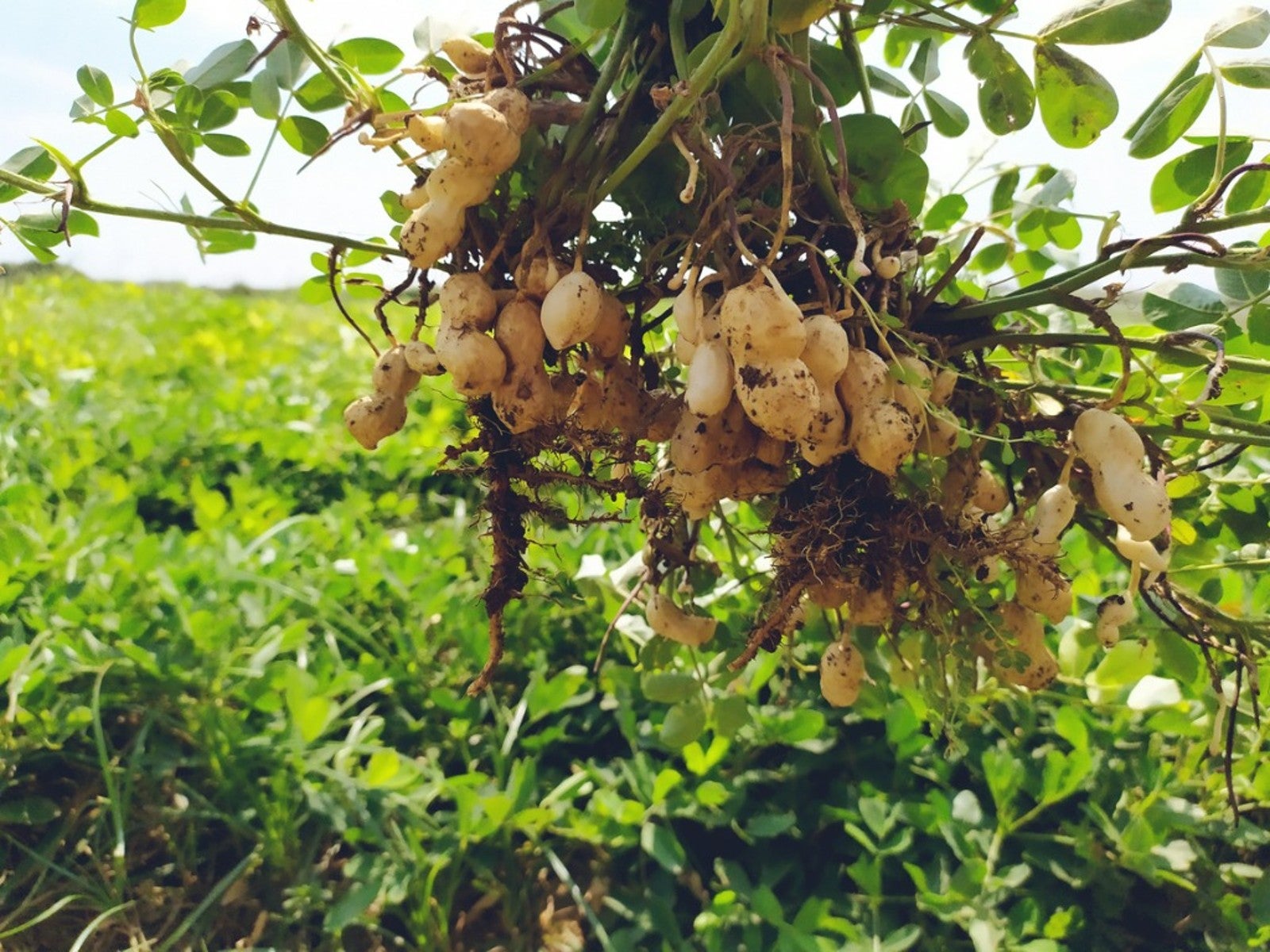 Runner Type Peanuts – Information About Runner Peanut Plants
Runner Type Peanuts – Information About Runner Peanut PlantsPeanuts are not at the top of the list of the most common plants in the garden, but they should be. They're relatively easy to grow, and there's nothing cooler than curing and shelling your very own peanuts. Learn about runner type peanuts in this article.
By Liz Baessler
-
 Groundcover Peanut Varieties: Using Peanut Plants As Groundcover
Groundcover Peanut Varieties: Using Peanut Plants As GroundcoverIf you are tired of mowing your lawn, take heart. There is a perennial peanut plant that produces no nuts but provides a beautiful lawn alternative. The pretty little yellow flowers are edible and can be used in salads. Learn more about these plants here.
By Bonnie L. Grant
-
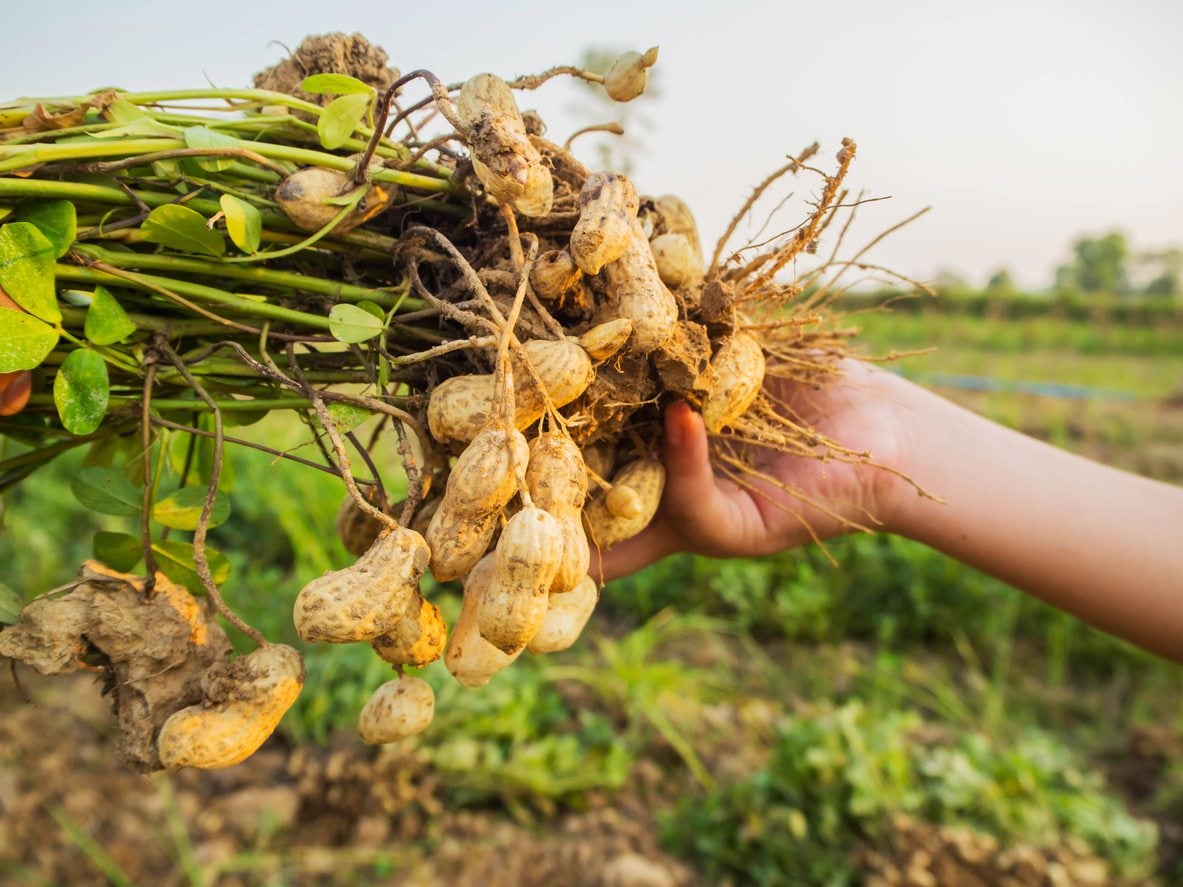 Types Of Peanut Plants: Learn About Different Varieties Of Peanut
Types Of Peanut Plants: Learn About Different Varieties Of PeanutWant to grow peanuts? How hard can it be? After all a peanut is a peanut. But what if your search of peanut plant seeds reveals that there's more variety to peanuts than you knew? Learn about the differences between these peanut plant varieties in this article.
By Darcy Larum